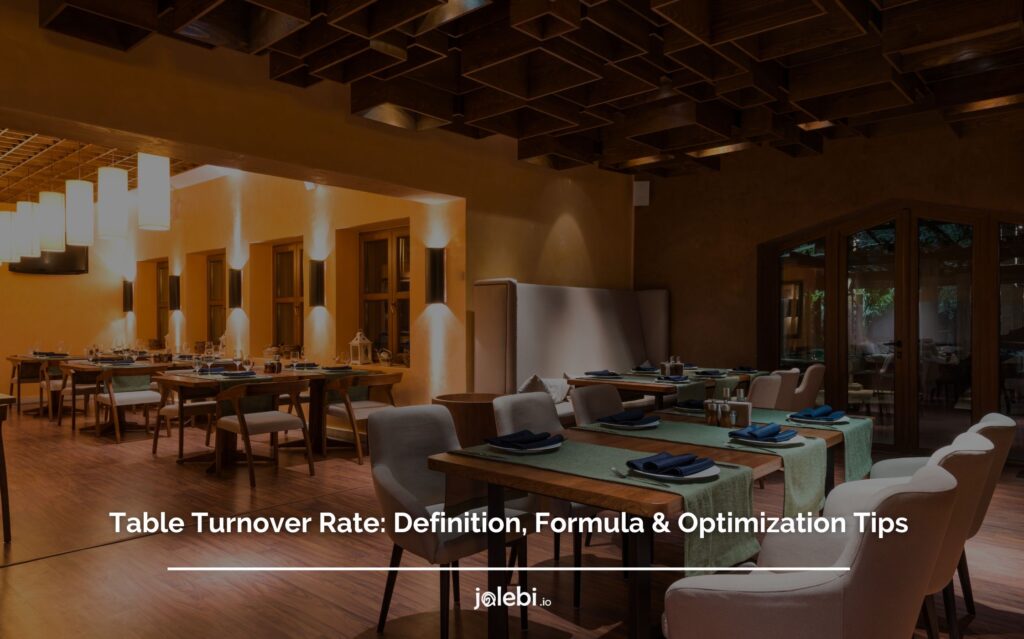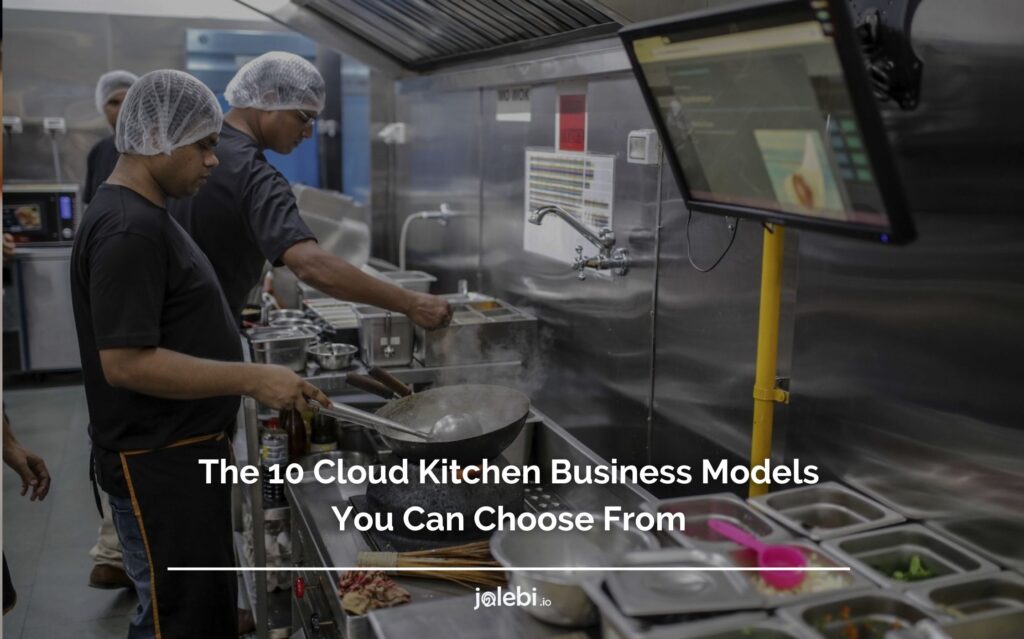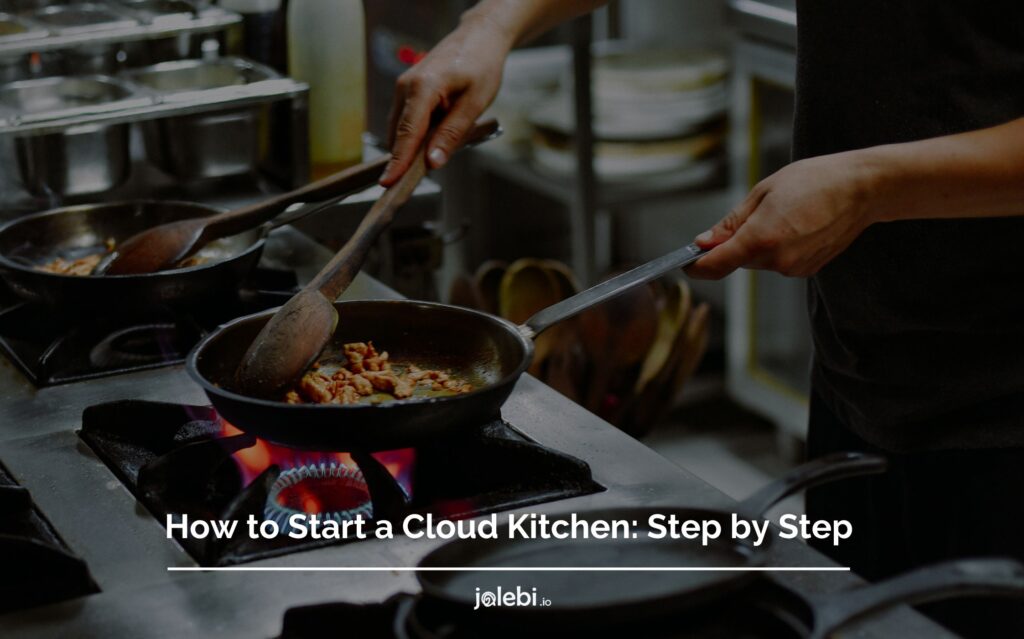Table of Contents
If you’re in the restaurant industry, you’ve likely heard the term “Back of House” or BOH. But what exactly does it mean, and why is it crucial for your restaurant’s success?
The back of house definition encompasses everything that happens behind the scenes in a restaurant—where the magic happens.
From food prep to dishwashing, the BOH is the engine that keeps your restaurant running smoothly.
In this ultimate guide, we’ll dive deep into the operations, roles, and best practices that make the BOH an essential part of any thriving restaurant.
Back of House Definition in Restaurants
In restaurants, the Back of House (BOH) refers to the area where all the behind-the-scenes operations take place. It includes the kitchen, storage areas, and any space where food preparation, cooking, and cleaning happen. The BOH is where chefs, cooks, dishwashers, and other kitchen staff work to ensure that meals are prepared to perfection and served on time. This part of the restaurant is crucial for maintaining efficiency, food quality, and overall customer satisfaction.
BOH locations and their respective roles
Every BOH location is a strategic player, contributing to the seamless operation of a restaurant.
Kitchen
At the heart of it all is the kitchen – the epicenter of culinary creativity, where chefs and cooks turn raw ingredients into culinary masterpieces. The kitchen isn’t just a workspace; it’s a theatre where the art of cooking takes center stage, and the BOH ensures that every dish emerges as a star.

Employee Area
Moving beyond the kitchen, the employee area serves as a sanctuary for staff, offering a place to recharge, review schedules, and enjoy a well-deserved meal.
Office
Meanwhile, the office becomes the command center, where managers handle administrative tasks away from the hustle and bustle of the dining room.
Delivery Area
The delivery area, often overlooked, emerges as a crucial space where orders are meticulously prepared for delivery or pickup, ensuring that the culinary journey continues beyond the restaurant’s walls.
Roles and Hierarchy in the Back of the House
| Position | Responsibilities | Flow of Responsibilities |
|---|---|---|
| Executive Chef/Head Chef | – Overall kitchen management – Menu creation – Culinary excellence | – Directs and oversees BOH team – Collaborates with Kitchen Manager on administrative tasks |
| Sous Chef | – Supervises kitchen staff – Creates schedules – Assumes leadership in the absence of the Head Chef | – Coordinates with Line Cooks, Expeditor, and Dishwasher – Reports to and supports the Executive Chef |
| Line Cooks | – Work at different kitchen stations – Ensure food quality and consistency – Follow recipes | – Receive guidance from Sous Chef – Collaborate with Expeditor for order organization – Maintain communication with other Line Cooks |
| Expeditor | – Organizes orders by table – Ensures timely service – Acts as liaison between the kitchen and servers | – Collaborates closely with Line Cooks to prioritize and organize orders – Communicates effectively with servers and Dishwashers |
| Dishwasher | – Operates dishwashing equipment – Cleans dishes, flatware, and glasses – Maintains kitchen cleanliness | – Supports the kitchen by keeping utensils and dishes readily available – Communicates with Expeditor for dishwashing needs during service |
| Delivery Driver | – Transports goods and supplies – Ensures timely and safe delivery – Familiar with efficient routes | – Communicates with Kitchen Manager and Expeditor to coordinate deliveries – Ensures availability of necessary items |
Challenges and Solutions in Back of the House Operations
– Inventory Management: Keeping tabs on stock levels is tricky. Use replicable templates for tracking and accountability. Also, manual inventory can be tedious and error-prone. Implement strict procedures, designate specific staff for inventory management, and conduct regular training sessions.
– Food Cost Management: Calculating costs manually is labor-intensive. Establish a cost control team, negotiate fixed-term contracts, and monitor market prices.
– Recipe Management: Analyzing dish popularity needs periodic reviews and detailed record-keeping of recipes, portion sizes, and ingredient costs.
Implementing Solutions for Efficient Back-of-House Operations
– Technological Aids: Leverage inventory management software like jalebi for accurate tracking and efficiency.
– Strict Adherence to Procedures: Establish clear processes among the team, and use visual systems like the ‘First In, First Out’ approach for effective inventory tracking.
– Cross-Training Strategies: Cross-train employees in various roles to enhance flexibility and teamwork, ensuring everyone understands the challenges faced by each department.
FOH vs. BOH dynamics in the foodservice industry
In the world of the foodservice industry, two integral components work in harmony to deliver a seamless dining experience: the Front of House (FOH) and the Back of House (BOH). While their responsibilities differ, their collaboration is key.
Front of House (FOH) is the face of the restaurant, engaging directly with customers. Roles like servers, hosts, and bartenders operate here, ensuring a positive ambiance, excellent customer service, and smooth guest interactions.
Understanding the dynamics between FOH and BOH is essential for a well-coordinated restaurant operation, where each part plays a crucial role in delivering a delightful dining experience.
| Aspect | Front of House (FOH) | Back of House (BOH) |
|---|---|---|
| Location | Customer-facing areas like dining rooms | Behind-the-scenes areas like kitchens |
| Roles | Servers, hosts, bartenders | Chefs, cooks, dishwashers |
| Focus | Customer service, ambiance | Food preparation, inventory management |
| Responsibilities | Taking orders, serving, guest interaction | Menu creation, cooking, dishwashing |
| Interaction | Direct engagement with guests | Limited guest interaction, internal focus |
| Attire | Professional and customer-friendly attire | Clean uniforms and aprons |
Strategies to Enhance FOH and BOH Communication
Cross-Training Initiatives
Implement cross-training programs that expose FOH staff to BOH operations and vice versa. This not only breaks down barriers but also instills a deeper understanding of each role’s challenges. A server with insights into kitchen dynamics can communicate guest preferences more accurately, creating a more streamlined experience.
Shared Responsibilities and Tasks
Encourage collaboration by introducing shared responsibilities and tasks. For instance, having servers assist with minor kitchen tasks or chefs providing insights into menu details for servers. This collaborative approach builds a sense of unity, ensuring both teams comprehend the intricacies of each other’s roles.
Effective Communication Tools
Leverage modern communication tools to streamline information flow. Implementing a digital communication platform or a designated communication board helps relay real-time updates between FOH and BOH. Whether it’s menu changes, special requests, or inventory updates, having a centralized operating system like jalebi minimizes misunderstandings and ensures everyone is on the same page.
Final words
In conclusion, the “Back of the House” in restaurant operations is the unsung hero, working behind the scenes to ensure a seamless dining experience. From the meticulous roles of Kitchen Managers and Executive Chefs to the bustling activity of Line Cooks and Dishwashers, each contributes to the symphony that is a successful restaurant.
The hierarchical structure and clear flow of responsibilities in the BOH create a well-coordinated team focused on efficiency and customer satisfaction.
Understanding the challenges faced in BOH operations, from inventory management to recipe intricacies, is crucial. Implementing solutions like technological aids, strict adherence to procedures, and cross-training strategies can pave the way for an efficient back-of-house setup.
As we explore innovative solutions, jalebi, a restaurant operating system with a focus on the back of the house and inventory management, emerges as a system that enables restaurants elevating the efficiency and profitability of their operations, promising a feast for both customers and business owners alike.











